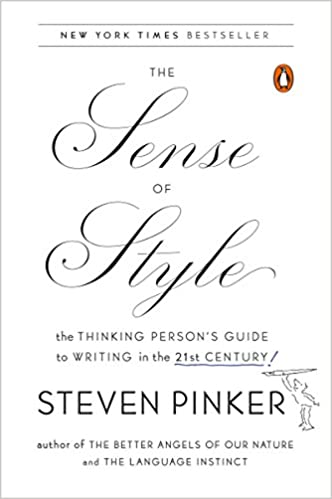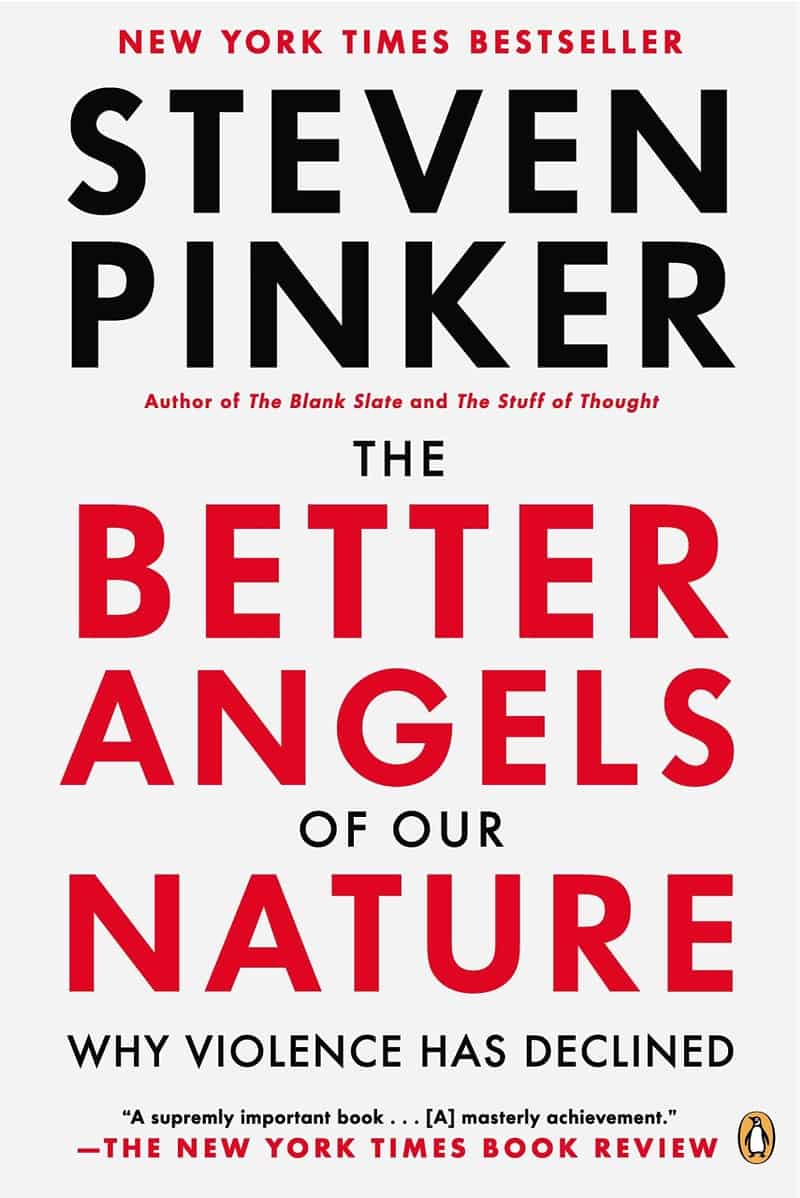Publications
2012
2011
"A gem" —Mark Aronoff, New York Times Book Review
How does language work? How do children learn their mother tongue? Why do languages change over time, making Shakespearean English difficult for us and Chaucer's English almost incomprehensible? Why do languages have so many quirks and irregularities? Are they all fundamentally alike? How are new words created? Where in the brain does language reside? In Words and Rules, Steven Pinker answers these and many other questions. His new book shares the wit and style of his classic, The Language Instinct, but explores language in a completely different way. In this book, Pinker explains the profound mysteries of language by picking a deceptively single phenomenon and examining it from every angle. The phenomenon—regular and irregular verbs—connects an astonishing array of topics in the sciences and humanities: the history of languages; the theories of Noam Chomsky and his critics; the attempts to simulate language using computer simulations of neural networks; the illuminating errors of children as they begin to speak; the nature of human concepts; the peculiarities of the English language; major ideas in the history of Western philosophy; the latest techniques in identifying genes and imaging the living brain. Pinker makes sense of all of this with the help of a single, powerful idea: that language comprises a mental dictionary of memorized words and a mental grammar of creative rules. The idea extends beyond language and offers insight into the very nature of the human mind. This is a sparkling, eye-opening, and utterly original book by one of the world's leading cognitive scientists.
REVIEWS:
Review Excerpts
Full Reviews
AVAILABLE AT:
Amazon
Amazon UK
Barnes & Noble
IndieBound
We constructed a corpus of digitized texts containing about 4% of all books ever printed. Analysis of this corpus enables us to investigate cultural trends quantitatively. We survey the vast terrain of ‘culturomics,’ focusing on linguistic and cultural phenomena that were reflected in the English language between 1800 and 2000. We show how this approach can provide insights about fields as diverse as lexicography, the evolution of grammar, collective memory, the adoption of technology, the pursuit of fame, censorship, and historical epidemiology. Culturomics extends the boundaries of rigorous quantitative inquiry to a wide array of new phenomena spanning the social sciences and the humanities.



